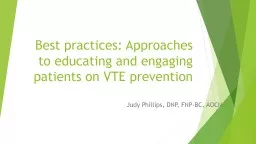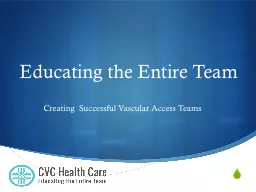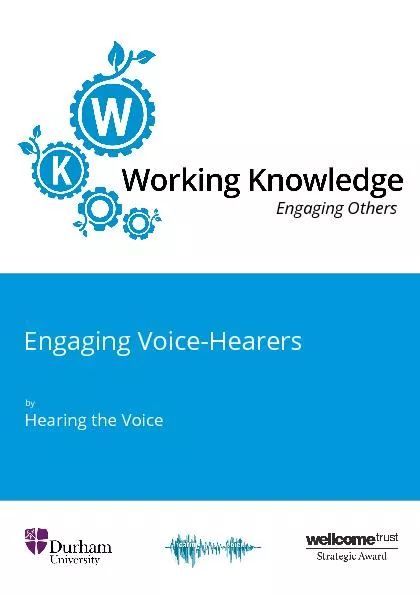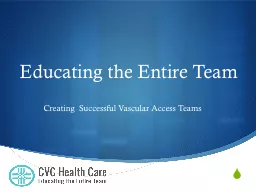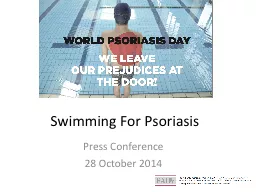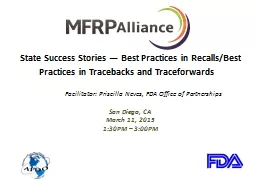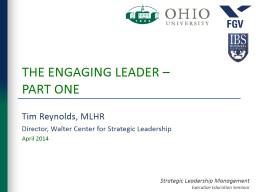PPT-Best practices: Approaches to educating and engaging patien
Author : tatiana-dople | Published Date : 2017-12-09
Judy Phillips DNP FNPBC AOCN Cancer Care of Western North Carolina Lenoir Rhyne University Evidence Patient knowledge is often lacking Additional education for
Presentation Embed Code
Download Presentation
Download Presentation The PPT/PDF document "Best practices: Approaches to educating ..." is the property of its rightful owner. Permission is granted to download and print the materials on this website for personal, non-commercial use only, and to display it on your personal computer provided you do not modify the materials and that you retain all copyright notices contained in the materials. By downloading content from our website, you accept the terms of this agreement.
Best practices: Approaches to educating and engaging patien: Transcript
Download Rules Of Document
"Best practices: Approaches to educating and engaging patien"The content belongs to its owner. You may download and print it for personal use, without modification, and keep all copyright notices. By downloading, you agree to these terms.
Related Documents

